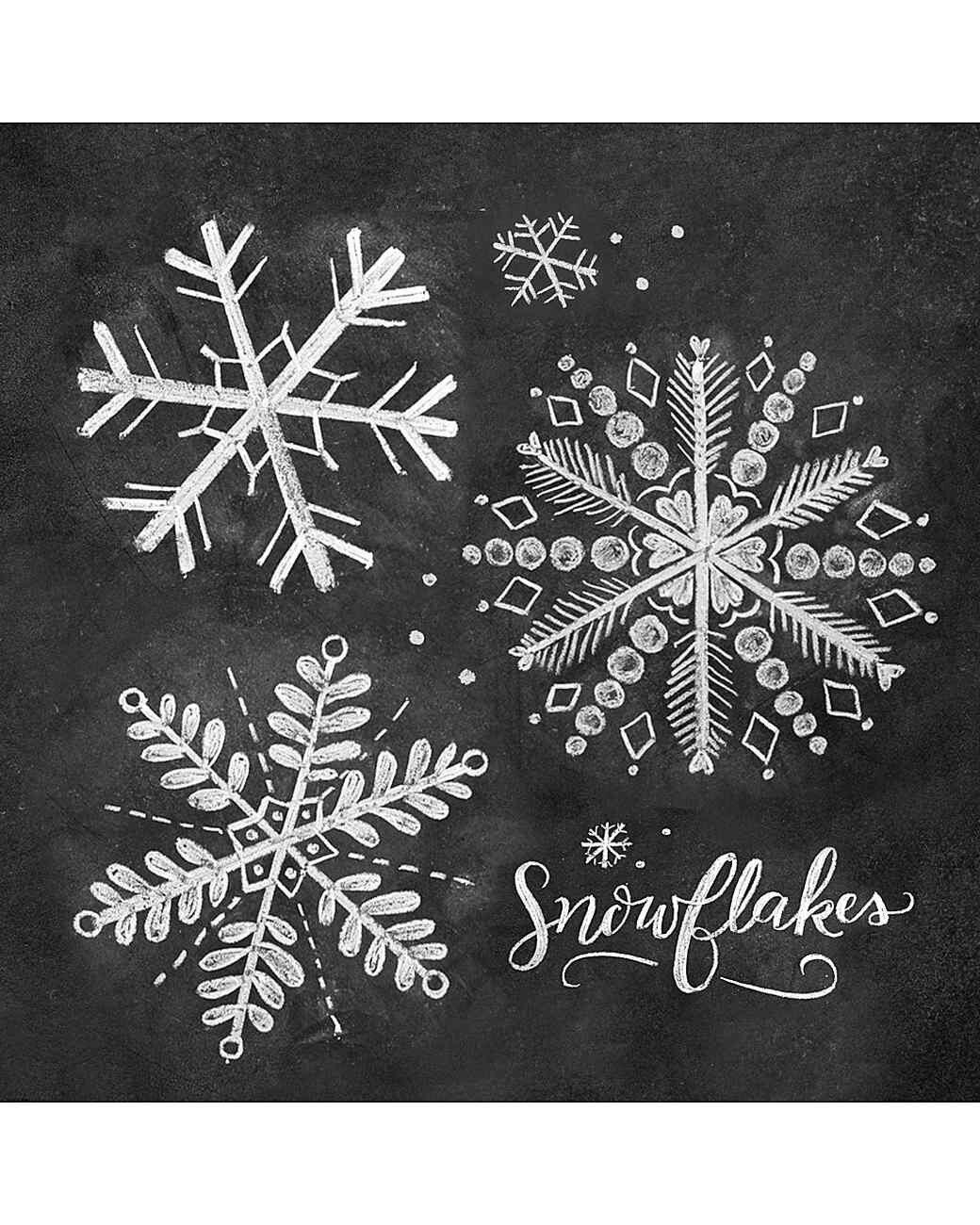An Introductory Guide to Chalk Art

Chalk art invokes our imaginations with little more than a piece of chalk and a blank chalkboard. Just ask Chris Carlson, a professional 3-D chalk artist and street painter, who says that he had no prior artistic experience when he first began working with it. "It was really the perfect medium for me," he says, "because chalk is approachable and easy to use. I started doing it and began practicing a lot."
For illustrator, fine artist, and surface designer Melanie Stimmell of WeTalkChalk, chalk art appealed to her because of the interaction with an audience while creating a work of art. "You're outside and what you're working on is larger than life, and people are walking by while you work," she says. "Some will stop and ask about what you are creating. When I first started doing this, it used to be rare to see an artist at work."
For their expertise, we asked both of them how to get started in trying the technique.
Related: How to Draw Snowflakes for a Holiday Chalk-Art Sign
Tools and Materials
What kind of chalk do artists use? It's not the sidewalk chalk that we used as kids. Both Carlson and Stimmell say to use soft pastel chalk Koss Soft Pastel Chalks ($24.95 for set of 48, amazon.com). "This is a good entry-level brand," says Carlson. "You will want to avoid oil pastel chalk, though. It makes it more difficult for blending and also doesn't wash away easily with water." Soft pastel chalks are the way to go.
Another brand of chalk that Stimmell recommends is from Eternity Arts ($108 for 72 colors, eternityarts.com). "They offer chunky pastel sets," she says, adding that the chunkier chalks may work well when covering a large surface area.
Learning How to Draw
While you do not necessarily need to have previous drawing ability, it does help to get a feel for hand lettering and other flourishes. "You can just jump right in with chalk art, and there's no requirements that you need to fill," Carlson says. "Start by experimenting and having fun. You can always start over if you make a mistake and find a way that works for you. Chalk art is a flexible medium to personalize the process for yourself."
Use a master painting as inspiration: Stimmell recommends finding a photo of a painting, like Rembrandt or Picasso, that you like—and that is also free of copyrights—and print a reference to use for your chalk drawing. Then, make a grid in an art program or get transparent grid over sheets ($17.97, amazon.com) so that you can visualize the painting as one-inch squares. "This helps to guide you as to where each piece should be," Stimmell says. "Make sure that the grid is in inches whatever you are painting in feet. It helps to keep you on track."
Blending, which is going from one color to another in a smooth transition (that looks like a gradient), is a good technique to master for chalk art. You can practice blending on paper before you take it to the board or sidewalk. Another technique is solid fill. "Put hash marks on an area, like if you are drawing, and then use something like a carpet sample or rag to go over the strokes to give a solid color," says Carlson. It will smooth it out and help to create depth for the chalk drawing. "It also helps the tiny chalk particles to get into all of the nooks and crannies of the sidewalk," he adds.
Once you have mastered chalk basics, you can start practicing three-dimensional techniques. "Unlike traditional drawing where you try to dry everything correctly, 3-D is distorted until you stand in the right spot," Stimmell says. "I create my designs with how I want it to look at that right spot." The farther away you need to stand for the 3-D effect, the more distorted the image would need to be. You could even sketch it on a piece of paper first and apply a grid to it as a way to help you visualize it on the ground.

